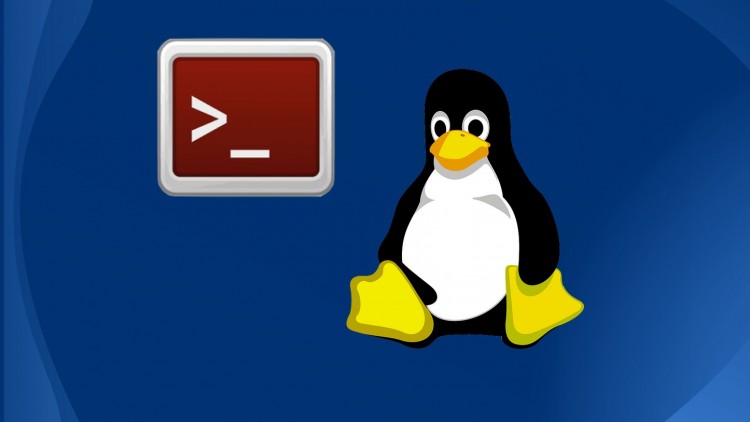History of Linux
History of Linux
Linux is a version of UNIX (some would say a “UNIX clone”), based on the original kernel work by Linus Torvalds in Helsinki, Finland. It runs mostly on the x86 and Pentium family of micro-processors, but has been ported to many other architectures.
The original kernel work by Linus Torvalds was done in the early 1990s. Full linux distributions first appeared circa 1993. They were (still are) based on Torvalds’ kernel, but consisted mostly of software/applications openly available for anyone wishing to use it.
Linux since 1969
All modern operating systems have their roots in 1969 when Dennis Ritchie and Ken Thompson developed the C language and the Unix operating system at AT&T Bell Labs. They shared their source code with the rest of the world, including the hippies in Berkeley California. By 1975, when AT&T started selling Unix commercially, about half of the source code was written by others. The hippies were not happy that a commercial company sold software that they had written; the resulting (legal) battle ended in there being two versions of Unix: the official AT&T Unix, and the free BSD Unix.
In 1980s
In the Eighties many companies started developing their own Unix: IBM created AIX, Sun SunOS (later Solaris), HP HP-UX and about a dozen other companies did the same. The result was a mess of Unix dialects and a dozen different ways to do the same thing. And here is the first real root of Linux, when Richard Stallman aimed to end this era of Unix separation and everybody re-inventing the wheel by starting the GNU project (GNU is Not Unix). His goal was to make an operating system that was freely available to everyone, and where everyone could work together (like in the Seventies). Many of the command line tools that you use today on Linux are GNU tools.
In 1990s
The Nineties started with Linus Torvalds, a Swedish speaking Finnish student, buying a 386 computer and writing a brand new POSIX compliant kernel. He put the source code online, thinking it would never support anything but 386 hardware. Many people embraced the combination of this kernel with the GNU tools, and the rest, as they say, is history.
2016
Today more than 97 percent of the world's supercomputers more than 80 percent of all smartphones, many millions of desktop computers, around 70 percent of all web servers, a large chunk of tablet computers, and several appliances (vidioplayers, washing machines, dsl modems, routers, self-driving cars, space station laptops...) run Linux. Linux is by far the most commonly used operating system in the world. Linux kernel version 4.0 was released in April 2015. Its source code grew by several hundred thousand lines (compared to version 3.19 from February 2015) thanks to contributions of thousands of developers paid by hundreds of commercial companies including Red Hat, Intel, Samsung, Broadcom, Texas Instruments, IBM, Novell, Qualcomm, Nokia, Oracle, Google, AMD and even Microsoft (and many more).
